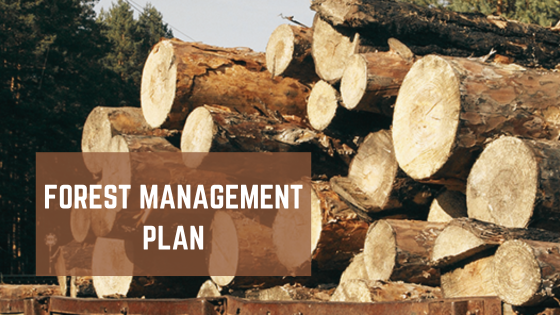Forestry and timber play a vital role in the economy of Estonia, making forest management an essential aspect of maintaining the sustainability and productivity of these resources. One of the fundamental tools used in sustainable forest management is the Forest Management Plan. Iriscorp, a leader in forestry services in Estonia, provides detailed insight into the process and significance of this vital document.
What is a Forest Management Plan
The Forest Management Plan is a strategic document containing information about a forest’s current status, potential logging sites, future forest renewal plans, and other important forestry activity. It serves as a roadmap, enabling forest owners to make informed decisions regarding their forest management.
Process of Creating a Forest Management Plan
Creating a metsamajanduskava involves various steps, starting with the assessment of forest resources. This aspect involves a thorough inventory of the woodland, including the evaluation of species, their age, and health status.
Based on the assessment, the forest owner outlines the main goals for forest management – whether for profit generation, habitat conservation, or other purposes. This leads to the formulation of an action plan detailing specific steps for managing the forest resources.

Key Components of a Forest Management Plan
A typical Forest Management Plan consists of several components:
- Forest inventory: Data on tree species, their quantity, age and conditions.
- Management objectives: Clearly defined objectives that the landowner seeks to achieve.
- Logging plan: Detailed plan outlining when and how logging will be executed.
- Forest Renewal: Plans for restoration and renewal of the forest post-logging.
- Protective Measures: Strategies to prevent and cope with forest damage caused by storms, wildfires, pests, etc.
Significance of a Forest Management Plan to the Environment
A Forest Management Plan is not merely an economic document; it plays a pivotal role in environmental protection and biodiversity conservation. Sustainable forest management helps maintain ecosystems, preserve habitats, and contributes to mitigating climate change.
The Forest Management Plan aids the environment in several ways:
- Ecosystem balance: Ensuring forest management practices do not disrupt ecosystem integrity.
- Habitat preservation: Helping in the conservation of habitats for flora and fauna in the forest.
- Fighting climate change: Supporting forests in their role as carbon dioxide absorbers, thereby reducing the impact of greenhouse gases.
Iriscorp offers a comprehensive service for the creation of the Forest Management Plan, ensuring that the interests of both the forest owner and the environment are catered for in a sustainable manner. Their services, from initial forest resource assessment to executing the action plan, aids owners in their journey to sustainable and profitable forestry practices.
In Conclusion
The Forest Management Plan is an essential tool in the realm of sustainable forest management in Estonia. It allows forest owners to balance their objectives with the overarching goal of sustainability. Organisations like Iriscorp can expertly assist forest owners in creating and implementing such plans, ultimately contributing to the ongoing message of conservation and sustainable economic development.
